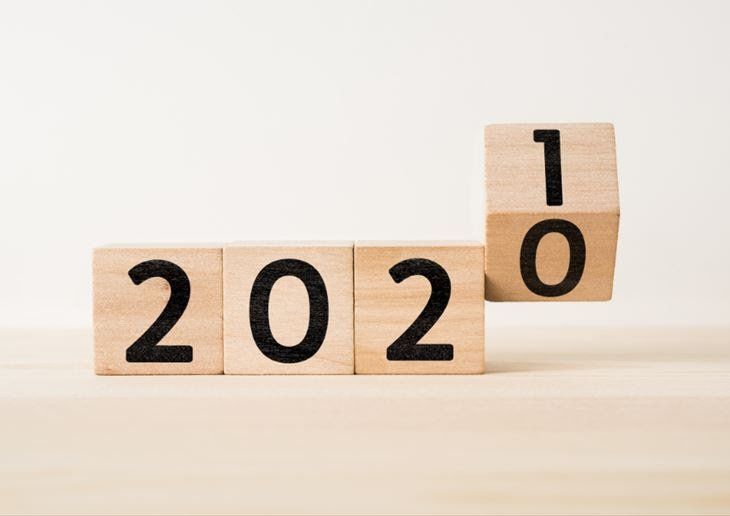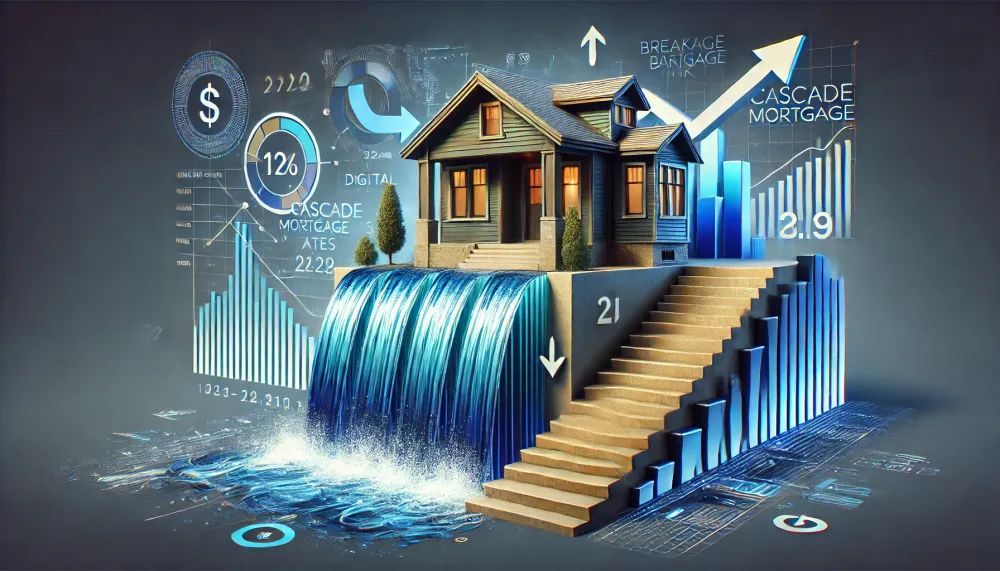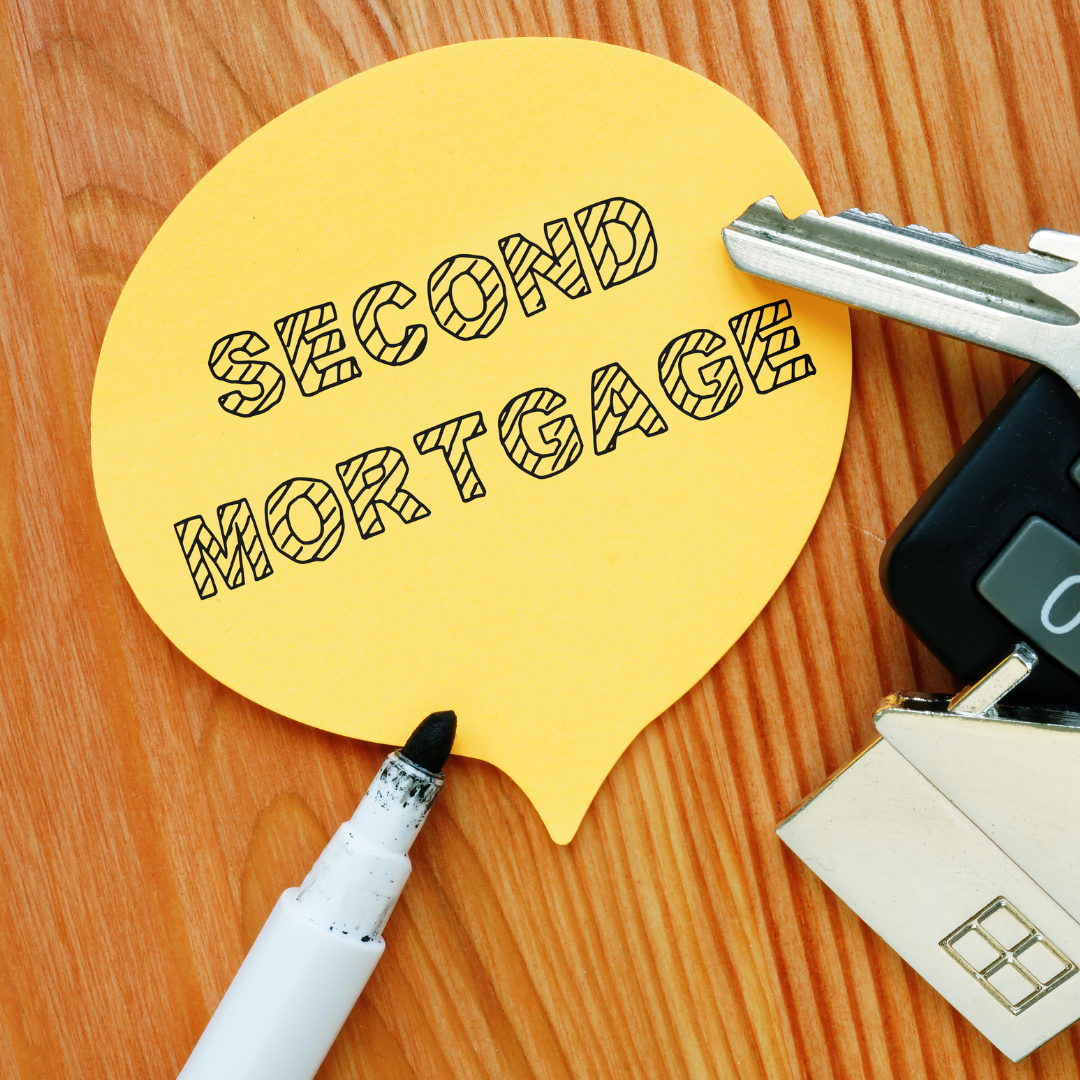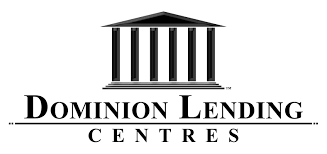Blog Layout
4 Mortgage Predictions For 2021
Matthew Robinson • October 20, 2020
What does 2021 hold for all things mortgage?

Well, 2020 has been quite the year so far to say the least. Nobody saw it coming and I'm not sure what 2021 brings us. I thought I’d give you my predictions for the next year, please keep in mind, these are just my thoughts.
1. Fixed and Variable rates will remain at all-time lows.
In July this year, the Bank of Canada Governor Tiff Macklem said the following, “Interest rates are very low and they are going to be there for a long time. Canadians and Canadian businesses are facing an unusual amount of uncertainty, so we have been unusually clear about the future path for interest rates.”
Based on these comments and those of top economists, we are going to see these low rates for some time to come. The Bank of Canada can’t and won’t lie to us. They have always been very straightforward with their intentions and have been very predictable. There is too much at risk for them to change now.
2. A Mortgage For Self-Employed Individuals Will Be More Of A Challenge.
I know you’re thinking it's already hard enough but my reasoning is simple. Lenders/banks use a 2-year average to qualify your income and a lot of self-employed individuals will have lower revenue in 2020. This means in 2021, your 2-year average income could be significantly lower than what it is right now using 2018 and 2019. If 2020 has hurt your income and you will need to qualify for a mortgage in 2021, it could make sense to look now so you can still use your 2018 and 2019 numbers.
3. Past Mortgage Deferrals Will Be Scrutinized.
If you deferred any mortgage or payments on credit cards, loans, etc, that will open up a conversation from a bank/lender if you're looking for a new mortgage. They will want to know why you went into deferral and the story has to make sense to them. Right now, you can’t get a mortgage if you're still in deferral). Be prepared to answer these questions because they will be asked.
4. Mortgage Funds Will Be Harder To Attain For Everyone.
While lending guidelines might not change much, the amount of due diligence from a bank/lender will. We are already seeing more questions about assets, credit reports, income, etc, and I predict this won’t change for 2021. Banks/lenders will be more cautious and will go through a deeper analysis of each file. Having said that, they are still open for business. But regardless of how solid your financial situation is, be prepared for more questions and requested paperwork than usual.
There is a ton of uncertainty out there and everyone is learning and adapting on the fly. The mortgage world can be confusing which is all the more reason to have a mortgage expert help guide you through these crazy times.
Let’s get moving
Why wait? Let’s get you started on the path to finding the perfect mortgage. Your perfect mortgage is just a few clicks away.
Our latest articles

By Matt Robinson
•
March 7, 2025
In a declining interest rate environment , smart homeowners aren’t waiting for their mortgage renewal to take action—they’re locking in savings now. The Cascade Mortgage Strategy is a tactical approach that lets you progressively lower your borrowing costs while protecting against future rate hikes. Instead of sitting on a fixed rate for an entire term, you prepay portions of your mortgage and reset them at lower rates as they become available. This setup provides a practical framework for implementing the Cascade Mortgage Strategy, allowing you to make strategic prepayments while maintaining a sufficient buffer for emergencies and other financial needs. Here's how it works. For the sake of this illustration, let's assume you own a property valued at $1,000,000. You require a mortgage of $500,000. We set up a home equity line of credit (HELOC) on top of this for $150,000. Property Value: $1,000,000 Mortgage Amount: $500,000 HELOC Limit: $150,000 Annual Prepayment Privileges: 20% of the original mortgage balance annually ($100,000) Initial Setup: Work with us to secure a $500,000 mortgage on your $1,000,000 property, ensuring you have a $150,000 HELOC in place. This gives you a $650,000 overall credit limit. We must ensure the lender offers flexible prepayment privileges, allows for multiple mortgage components, and provides the option to re-amortize your mortgage after each prepayment. Step-by-Step Process: At the end of the first year, use the HELOC to make a 20% ($100,000) prepayment on your mortgage, reducing your balance from $500,000 to $400,000. Immediately reset the $100,000 HELOC balance into a new mortgage component, ideally at a lower interest rate than your original mortgage. Rinse and repeat annually. After each prepayment, you have the option to either reduce your monthly payments or maintain them at the original level. If you choose to reduce the payments, this will improve your cash flow each month. Alternatively, by keeping your payments consistent, you'll accelerate the reduction of your principal, allowing you to pay off your mortgage more quickly. Interest Rate Decline with Each Prepayment This strategy obviously works best in a declining interest rate environment. However, even in a relatively stable interest rate environment, the strategy still offers benefits by improving cash flow and accelerating principal repayment. Each year, after making the prepayment, the homeowner resets the $100,000 HELOC balance into a new mortgage component with a lower interest rate. The decline in interest rates is attributed to both market conditions and the shorter terms selected for the new components. End of Year 1 - The new 4-year term rate is 4.25%, a 0.75% decrease from the original 5% rate. End of Year 2 - The new 3-year term rate is 3.50%, another 0.75% decrease from the Year 1 rate. End of Year 3 - The new 2-year term rate is 3.25%, a 0.25% decrease from the Year 2 rate. End of Year 4 - The new 1-year term rate is 3.00%, a 0.25% decrease from the Year 3 rate. These declines reflect both a general reduction in market rates and the typical savings associated with selecting shorter-term mortgages at each interval. The Results To truly appreciate the benefits of the Cascade Strategy, it's important first to understand what happens when this strategy is NOT employed. In a typical mortgage scenario, a homeowner with a $500,000 mortgage at a 5% interest rate, amortized over 30 years, would make consistent monthly payments over the term of the mortgage. After five years, the numbers look like this: Total Payments Made: $160,107.00 Total Interest Paid: $118,915.80 Principal Paid: $41,191.20 Outstanding Balance (end of term): $458,808.80 In this scenario, a significant portion of the homeowner's payments goes toward interest, with relatively modest progress in reducing the principal balance. Now, let's consider the same homeowner, but this time, they implement the Cascade Strategy. By the end of the five-year term, the results are notably different: Total Payments Made: $160,107.00 (unchanged) Total Interest Paid: $105,618.23 Outstanding Balance: $445,511.23 Principal Reduction: $13,297.57 Net Effective Rate: 4.45% (0.55% Reduction) The total interest paid with the Cascade Strategy is $105,618.23, which is $13,297.57 less than what would have been paid without the strategy. This reduction in interest costs is a direct result of leveraging lower interest rates on the newly created mortgage components, which are set up after each annual prepayment. By the end of the five-year term, the outstanding mortgage balance is $445,511.23, compared to $458,808.80 without the strategy. This $13,297.57 reduction in the outstanding balance indicates that the Cascade Strategy not only saves money on interest but also accelerates the repayment of the principal. This means that homeowners using this strategy are closer to paying off their mortgage sooner, reducing the overall term and financial burden. This case study demonstrates that the Cascade Strategy can be an effective and powerful tool for homeowners looking to optimize their mortgage and improve their financial outcomes. By strategically making prepayments and resetting those amounts into new mortgage components at lower rates, homeowners can achieve substantial interest savings, accelerate their mortgage repayment, and reduce their outstanding balance—all without increasing their total monthly payments.
Explore
Get mortgage advice delivered to your inbox.
You need a helping hand with your project?
Thank you for contacting us.
We will get back to you as soon as possible
We will get back to you as soon as possible
Oops, there was an error sending your message.
Please try again later
Please try again later
© 2025
All Rights Reserved | Dominion Lending Centres - A Better Way


